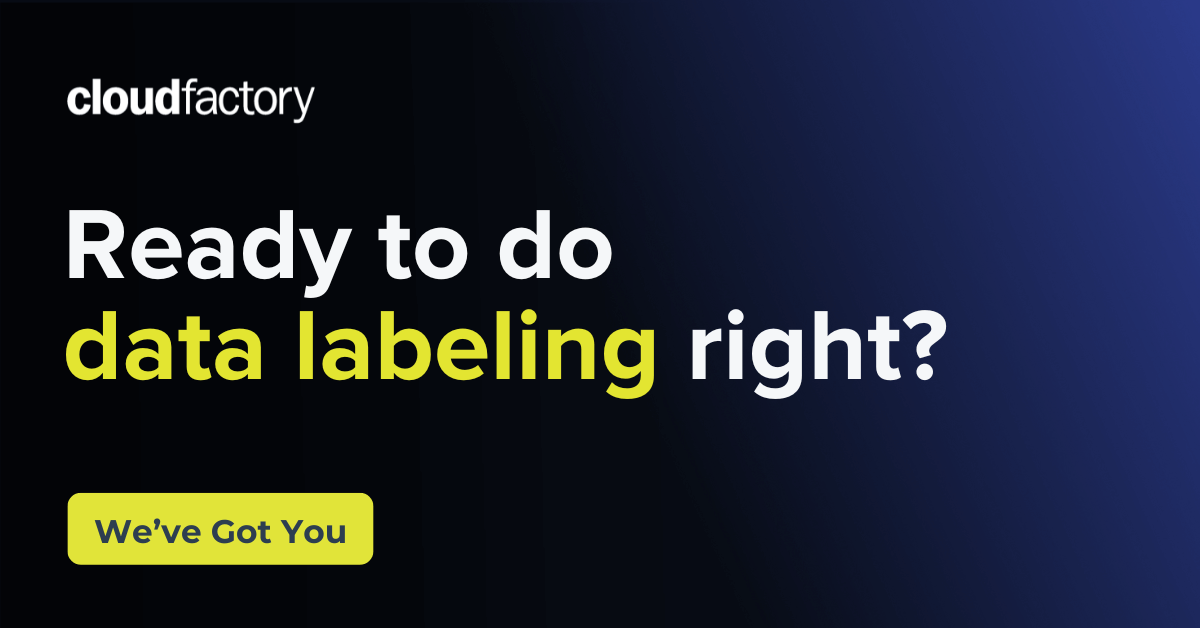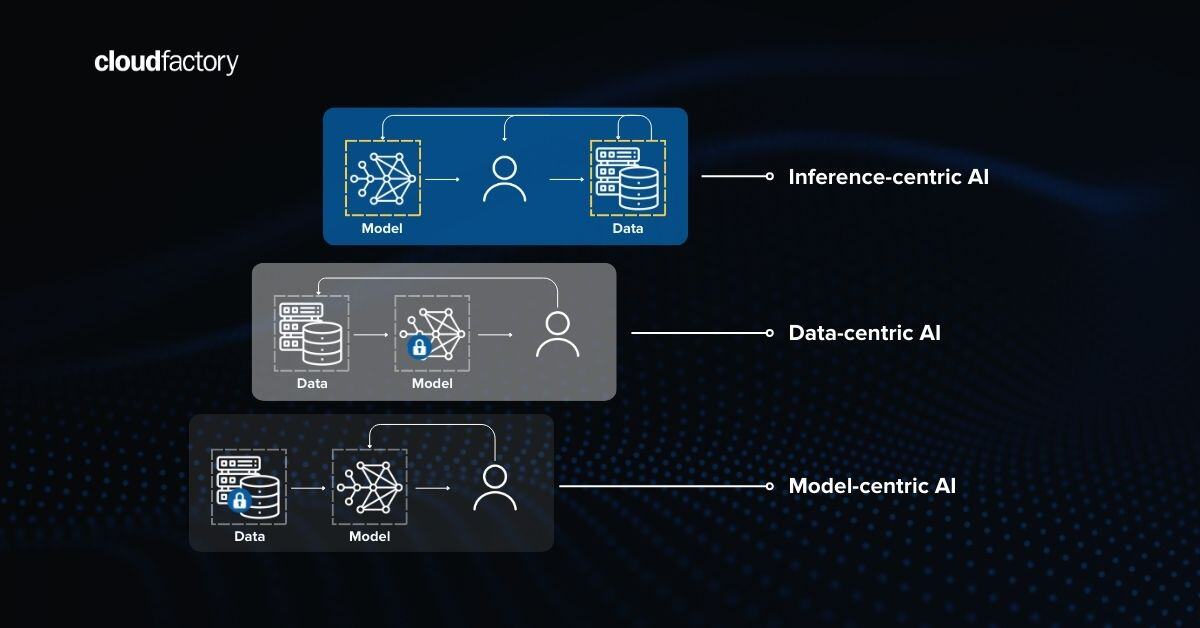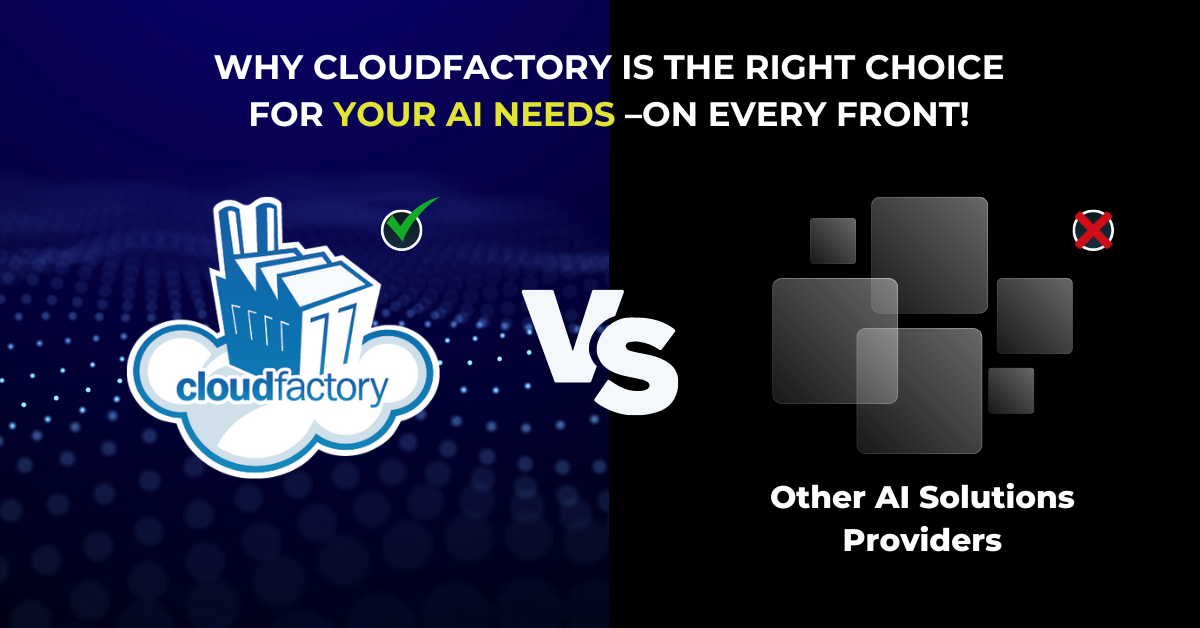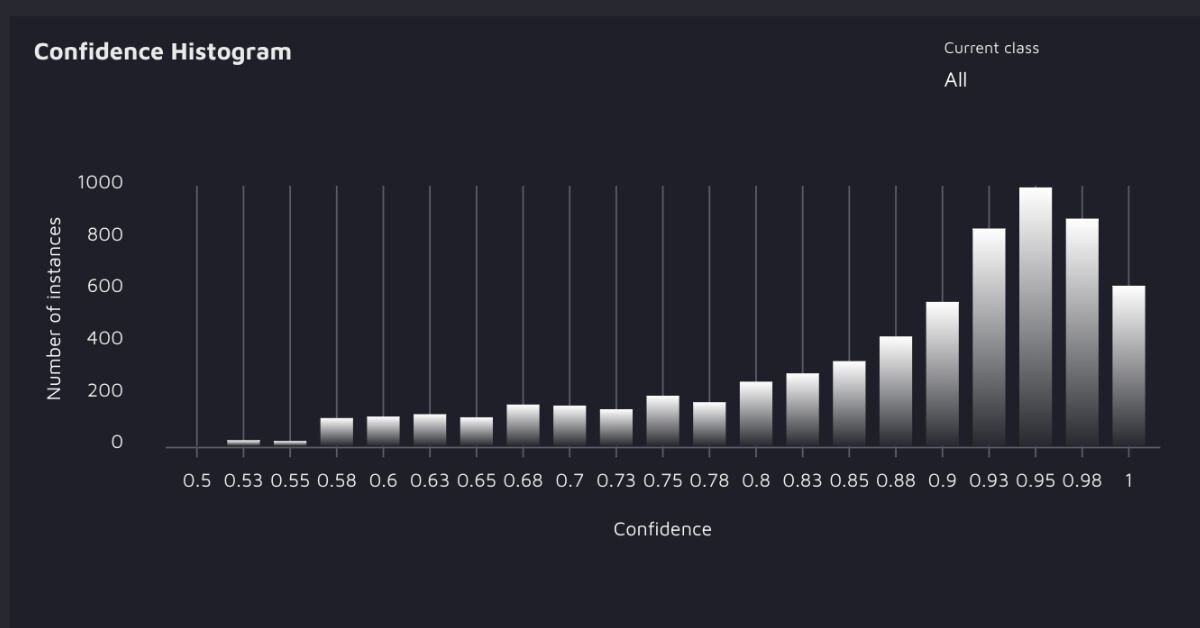Pixel-perfect data labeling is needed for ML models to meet your company's strategic, operational, and financial goals.
Accurate image segmentation labeling is critical across various industries and applications, whether you're improving geospatial mapping solutions, optimizing retail inventory management, enhancing visual recognition capabilities, or leveraging other AI development tools.
Accurate segmentation sorts your data into clear categories, making it easier for your AI to understand and analyze. This translates to better results, like increased revenue, smarter decisions, and less wasted effort.
Our infographic reveals the challenges of image segmentation labeling – and shows you how to overcome them!

Image segmentation labeling can be a pain
The data annotation process takes a lot of time and effort. This can lead to delayed time to market, affecting competitive advantage and revenue.
If skilled experts annotate boundaries and labels for complex objects incorrectly you risk increasing operational costs, impacting the focus on ROI.
Consistency in annotation across large datasets, particularly with multiple annotators, is critical for model reliability, aligning with the business's need for risk mitigation to avoid deploying flawed AI systems.
Also, addressing data imbalances prevents deploying biased models, which can lead to reputational risks and potential regulatory issues.
Our takeaway: These challenges need experienced oversight, refined segmentation labeling processes, and a strategic approach to optimize outcomes, minimize risks, and ensure that AI development contributes positively to the business's bottom line.
Getting image segmentation right means better business
By enforcing clearly defined data annotation guidelines, businesses ensure consistent data quality — critical for developing reliable and scalable AI models. This leads to dependable decision-making processes, directly impacting operational and strategic outcomes.
Implementing robust quality control measures, such as inter-annotator agreement checks and feedback loops, ensures the precision of the data and enhances the overall performance of AI systems, aligning them more closely with what the business needs.
Utilizing skilled annotators with specific expertise ensures that data is interpreted correctly and in context, making the AI models more effective in specific applications like geospatial analysis or inventory management. This targeted expertise helps refine AI solutions to deliver more precise and actionable insights—which means an increase in ROI.
Also, augmenting the dataset with various transformations prepares the models to handle the real world, leading to improved robustness and generalization. This reduces the risk of failures in practical applications, enhancing customer satisfaction and trust in AI.
Our takeaway: Investing in advanced data annotation tools speeds the data preparation process and improves collaboration. This reduces time to market and provides a competitive advantage, allowing businesses to innovate faster and capitalize on new opportunities.
What can business leaders gain from image segmentation labeling?
- Smarter decisions: Accurate segmentation labeling allows for more precise data analysis, and facilitates better strategic planning and resource allocation. This leads to informed decision-making, which is important for optimizing business operations and improving outcomes.
- Product innovation: High-quality data labeling is fundamental to developing innovative products. Accurate segmentation helps refine AI-driven features, ensuring that your products remain competitive.
- Scalability for growth: As your business grows, maintaining the quality of your AI models becomes increasingly challenging. Effective segmentation labeling ensures that your models can scale and manage more complex datasets without losing performance.
- Enhanced customer experience: By providing more accurate data for your AI models, segmentation labeling helps tailor customer interactions to individual needs, enhancing satisfaction and loyalty.
- Cost efficiency: Streamlined segmentation processes reduce the need for extensive manual corrections and reiterations, cutting down operational costs and freeing up resources for other investments.
Why choose Accelerated Annotation for image segmentation labeling
At CloudFactory, we understand the business pressure to deliver quality data at record speed and scale, so we're proud to offer Accelerated Annotation, which offers a combination of manual, semi-automated, and fully automated tools to assist with annotation efforts.
What makes Accelerated Annotation stand out?
Accelerated Annotation stands out for its advanced segmentation labeling capabilities, specifically tailored to meet the needs of business leaders. It emphasizes speed without compromising accuracy, leveraging cutting-edge technology and trained experts to speed up the annotation process.
Accelerated Annotation provides precise, high-quality labeled data, essential for training robust AI models. The solution also offers customized workflows and tools that adapt to various industry-specific requirements, enhancing efficiency across diverse projects.
With a focus on scalability and consistency, Accelerated Annotation ensures that even large-scale data sets are processed quickly and accurately, enabling businesses to accelerate their AI initiatives and achieve faster time-to-market.
Our takeaway: Quality segmentation labeling isn't just an expense, it's an investment. It fuels strategic decision-making, smooths operations, and boosts your bottom line – all while giving you a clear edge over the competition.
If you're building your data annotation strategy, our data labeling guide will teach you everything you need to know about data labeling. You'll learn about technology, terminology, best practices, and the top questions to ask potential labeling partners.










